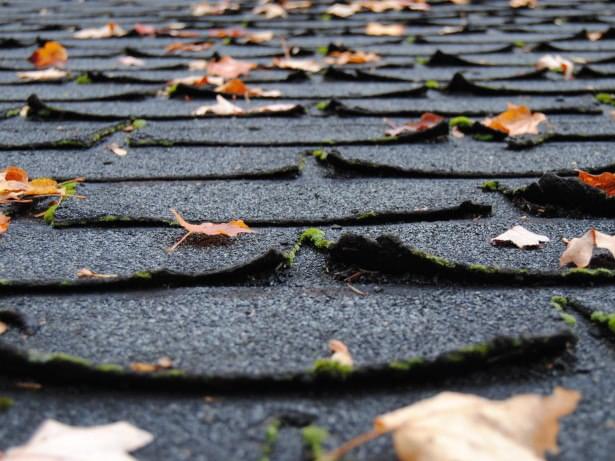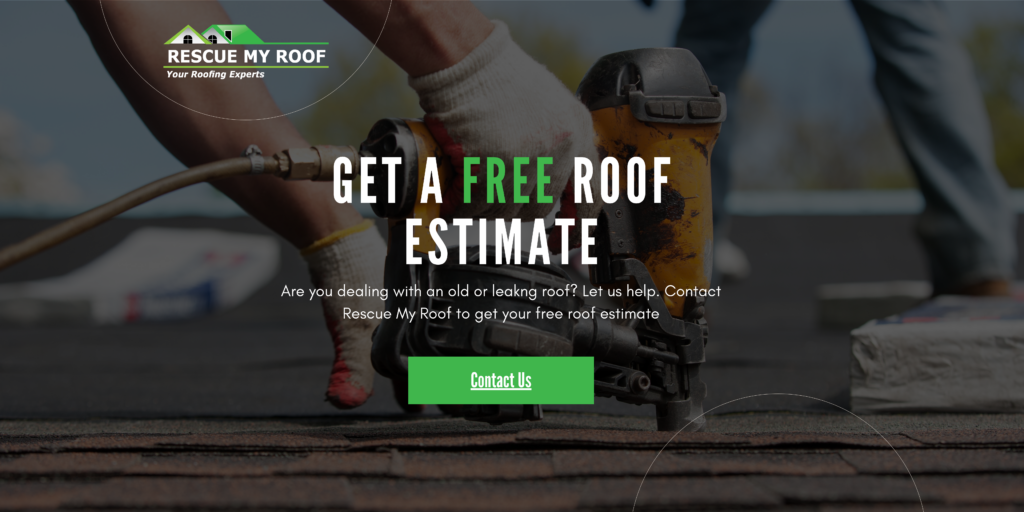How Long Does A Roof Layover Last? (4 Factors Impacting Lifespan)
When it comes to maintaining the integrity of your home, the condition of your roof is essential to keeping your home safe.
In some cases, homeowners may opt for a roof layover as a cost-effective alternative to a complete roof replacement. However, it’s essential to understand the lifespan of a roof layover and the factors that can influence its durability.
Rescue My Roof has been a leader in the roofing industry for over a decade, helping homeowners get the roofs they deserve. We use our experience educating homeowners to help you make the best decisions for your home.
In this article, we’ll explore the concept of roof layovers and discuss how long you can expect them to last. Ultimately, you’ll know why they may or may not be a good fit for you.
What is a Roof Layover?
A roof layover, also known as a re-roof or overlay, involves installing a new layer of shingles over the existing roof. This process is often chosen to save on the cost and labor associated with a full roof replacement.
While a layover can provide a fresh look and some level of protection, it’s crucial to consider its limitations, including its lifespan.
How Long Can You Expect a Roof Layover to Last?
The lifespan of a roof layover can vary, but on average, you can expect it to last anywhere from 10 to 15 years. However, it’s essential to note that this estimate depends on multiple factors.
A well-executed layover with quality materials on a structurally sound existing roof may reach the upper end of this range.
4 Factors Impacting the Lifespan of a Roof Layover
Roof layovers are a temporary solution to cosmetic roof problems. If you are dealing with an old or leaking roof, eventually it will need to be replaced.
Here are some factors impacting the lifespan of a roof layover:
1. Existing Roof Condition

The condition of the existing roof plays a significant role in determining how long a roof layover will last. If the underlying roof structure is in good shape, with minimal damage or deterioration, a layover may be more successful and durable.
If the roof is in bad condition with granule loss or shingle curling and cupping, the effectiveness of the layover is drastically reduced. Shingles need to lay perfectly flat. When they can’t, granule loss and damage will happen more quickly.
Additionally, the condition of your roof accessories like flashing and pipe boots play a role in a layover’s lifespan. If your flashing is rusted and filled with holes, professionals can’t replace it during a layover. This leads to leaks and other interior home problems.
If your roof is already deteriorating, a layover will just prolong the inevitable. You will need a total roof replacement to correct all of the issues.
2. Quality of Materials
The quality of the roofing materials used in the layover is a critical factor. Higher-quality shingles and underlayment can contribute to the longevity of the roof.
Investing in durable materials during a layover can pay off in terms of extended lifespan. However, there is a limit to what materials can be used.
Only 3-tab asphalt shingles should be used in a roof layover. Additionally, only 3-tab shingles can be used over your current 3-tab shingles. While a layover can be done with dimensional shingles, they do not provide the flat surface necessary for a proper installation.
If your roof currently has a shingle type other than 3-tab asphalt shingles, it may be best to do a roof replacement as an alternative.
3. Climate and Weather Exposure
The climate and weather conditions in your region can impact the longevity of a roof layover. Harsh weather, such as heavy rain, snow, or extreme temperatures, can accelerate wear and tear.
Areas prone to severe weather might benefit more from a complete roof replacement.
4. Proper Installation
The skill and expertise of the roofing contractor performing the layover are crucial.
Proper installation, including appropriate ventilation and attention to details, can significantly affect the lifespan of the roof. A poorly executed layover may result in issues that shorten its durability.
Is A Roof Layover Right For You?
When deciding whether a roof layover is the right choice for your home, it’s crucial to consider your roof’s current condition. Is it experiencing leaks or curling shingles? What material are the shingles?
If your roof is already in bad condition with leaks or has dimensional/luxury shingles, it is not a good candidate for a roof layover.
However, if you have a 3-tab roof in good condition and want a cosmetic upgrade with a lower budget, a layover may be a good option.
Consult with a professional roofing contractor to assess the condition of your existing roof and receive guidance on the best course of action. Whether you opt for a layover or a full replacement, investing in quality materials and expert installation is key to ensuring the long-term durability of your roof.
Read “How Many Layers Can Be On An Asphalt Roof” and “Roof Replacement vs. Repair: Which Do I Need” to learn more.
Do you need a professional roof estimate for repairs or a replacement in southeastern Wisconsin? You can count on Rescue My Roof. Contact us today to get a free estimate.


